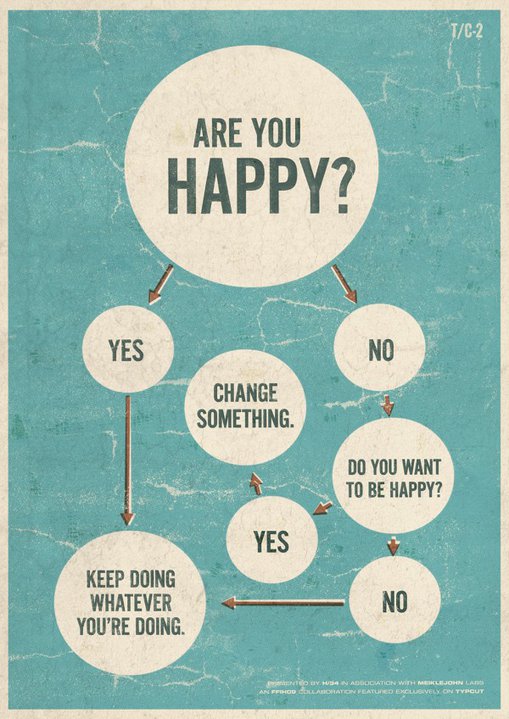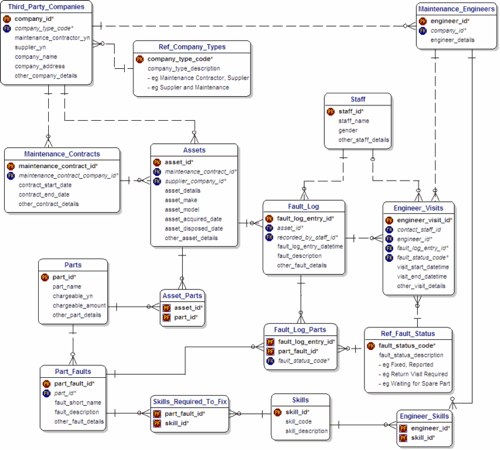Studying online behavor starts with my own. At least for me, using my own online activity allows me to get a sliver of understanding of how companies market online. It is by no means a lens into the vast world of online marketing, but for someone who has grown up with digital around me, there must be a few others who can relate. How does behavior translate to effective marketing? That’s something online marketers have been trying to quanitfy since online advertising started in 1994.
Web based advertising started with a 468×90 pixel banner ad from AT&T in 1994 on HotWired.com (a favorite of mine at the time, it was the digital magazine of Wired, which also discussed the original banner). Back then, there were no analytics to track click throughs, no ad server networks, and no marketplace (selling was done manually). This is what the banner ad looked like:

While there are no analytics to back this up, online discussion estimated around 70% click through rates for the initial banner ads. Fast forward 17+ years later. Clickthrough rates of 0.3% (or less) are more the norm (that’s 3 people of 1000 viewers). As a comparison, email marketing has response rates of 2% to 12%. I’m accustomed to ignore any ad on a browser or on an app on my mobile device. However, I do find value when I use a geo specific app such as Foursquare or a hyperlocal blog showing ads from local businesses or a brand that is interacting with customers on social media sites. I’m more inclined to support a brand that personalizes and communicates directly with their customers.
Google Research released a paper last week titled “Measuring Ad Effectiveness Using Geo Experiments”. In these experiments, a region (e.g. country) is partitioned into a set of geographic areas, which are called “geos”. These geos are randomly assigned to either a treatment or control condition and geo-targeting is used to serve ads accordingly. The experiments then measured the impact of advertising on consumer behavior (e.g. clicks, conversions, downloads, etc.). Its conclusion is that measuring effectiveness is a challenge, but geo experiments “can be applied to measure a variety of user behavior” and don’t require the tracking of individual user behavior over time and therefore avoid privacy concerns that may be associated with alternative approaches.
This tells me there are too many variables to quantify advertising effectiveness, which is where we started with in the 1994 AT&T banner ad. So how does a brand or business measure effectiveness when someone like me ignores online ads? Stop obsessing over click throughs and response rates for banners and email, but rather find out what customers are asking for. These values can be used as indicators to compare the success of similar online advertising programs with similar marketing schemes, but rather than using them as a measurement for purely ‘ROI reasons’, it’s more important to build relationships with those who are supporting the business with a mix of tactics. Measuring brand building exercises are difficult to measure, so think of how you build your real life relationships. Reach out via social media, respond to emails and thank them from time to time. How do you connect with others, and share stories relevant to them?
Read More





Recent Comments